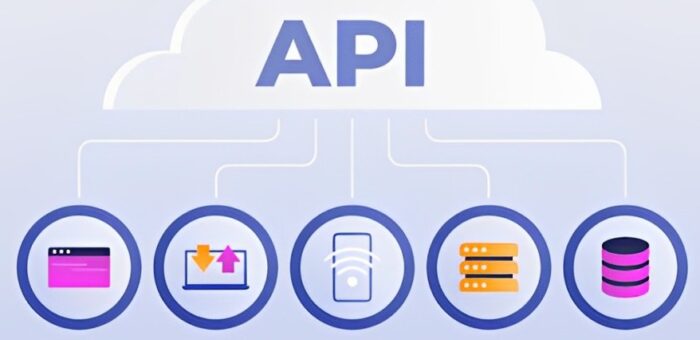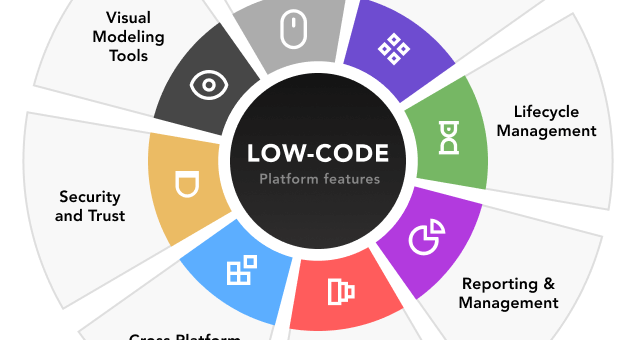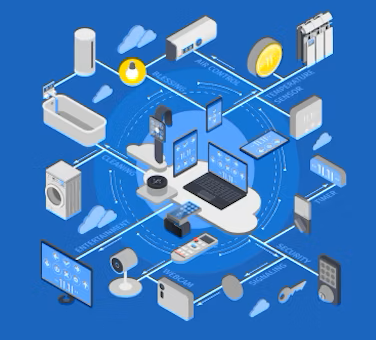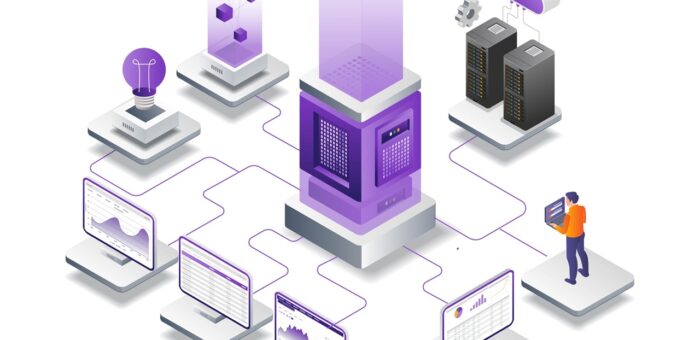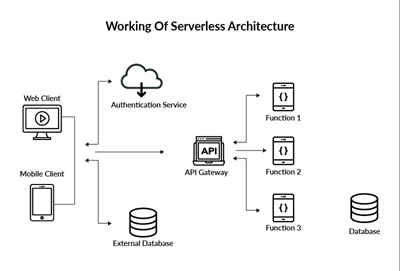In the era of digital transformation, where web services dominate the technology landscape, Application Programming Interfaces (APIs) have emerged as the unsung heroes. They act as the glue binding different software applications together, enabling seamless communication and functionality. APIs have become the backbone of modern web services, empowering businesses to innovate and adapt in a fast-paced digital world.
What Are APIs?
At its core, an API is a set of rules and protocols that allows one software application to interact with another. Think of APIs as digital intermediaries that facilitate communication between different systems. They define how requests for data or services are made and how responses are delivered, making it possible for disparate systems to work together efficiently.
Why Are APIs Crucial for Modern Web Services?
- Interoperability: APIs enable different systems, platforms, and applications to communicate with each other, regardless of their underlying technologies. This interoperability is crucial in today’s connected world.
- Scalability: APIs allow businesses to scale their services efficiently. By integrating third-party APIs, companies can extend their functionalities without building everything from scratch.
- Innovation: APIs provide developers with the tools to create innovative applications by leveraging existing technologies. For instance, integrating payment gateways, maps, or machine learning models into applications has never been easier.
- User Experience: Modern users demand seamless, integrated experiences. APIs make it possible to deliver such experiences by connecting various services behind the scenes.
Examples of API Integration
- Social Media Integration: Many websites and applications use APIs to allow users to log in via Facebook, Google, or Twitter, enhancing user convenience.
- Payment Gateways: E-commerce platforms integrate APIs from payment providers like Stripe or PayPal to process transactions securely and efficiently.
- Geolocation Services: Ride-hailing apps such as Uber rely on APIs from Google Maps or similar services to provide accurate navigation and real-time updates.
- Weather Updates: Numerous applications use APIs from weather services to provide location-based forecasts and updates.
Challenges in API Integration
While APIs offer immense benefits, integrating them is not without challenges:
- Security: Poorly implemented APIs can expose systems to vulnerabilities. Ensuring secure authentication and data encryption is paramount.
- Compatibility: Not all APIs are designed equally. Developers must ensure the API they choose is compatible with their existing systems.
- Rate Limits: Many APIs impose rate limits to prevent misuse, which can affect applications relying on real-time data.
- Maintenance: APIs evolve, and providers may deprecate older versions. Keeping integrations up-to-date is essential to avoid disruptions.
Best Practices for API Integration
- Understand the Documentation: Comprehensive documentation is key to successful API integration. Familiarize yourself with its capabilities, limitations, and usage guidelines.
- Prioritize Security: Use secure authentication methods like OAuth 2.0 and ensure data is encrypted during transmission.
- Monitor Performance: Regularly monitor API performance to ensure it meets your application’s requirements and identify potential bottlenecks.
- Plan for Updates: Stay informed about changes to the API and have a plan in place to implement updates as needed.
The Future of APIs
As technology evolves, APIs will continue to play a pivotal role in shaping the digital landscape. The rise of microservices architecture and serverless computing further underscores their importance, enabling businesses to build modular, scalable, and resilient applications. Additionally, advancements in AI and machine learning are driving the development of more intelligent and adaptive APIs, paving the way for next-generation web services.

